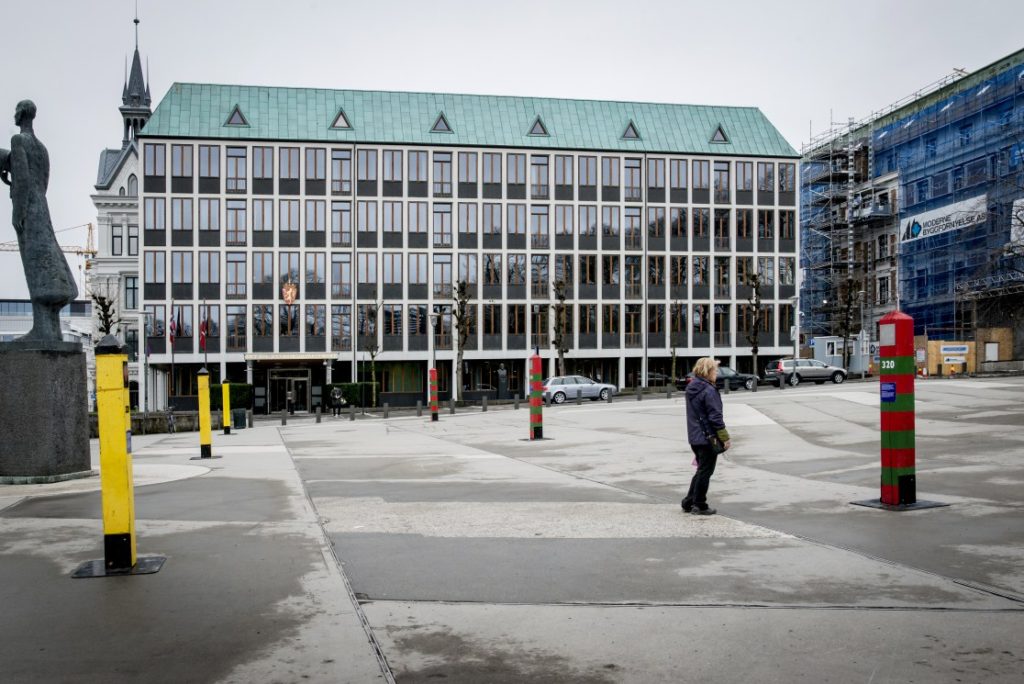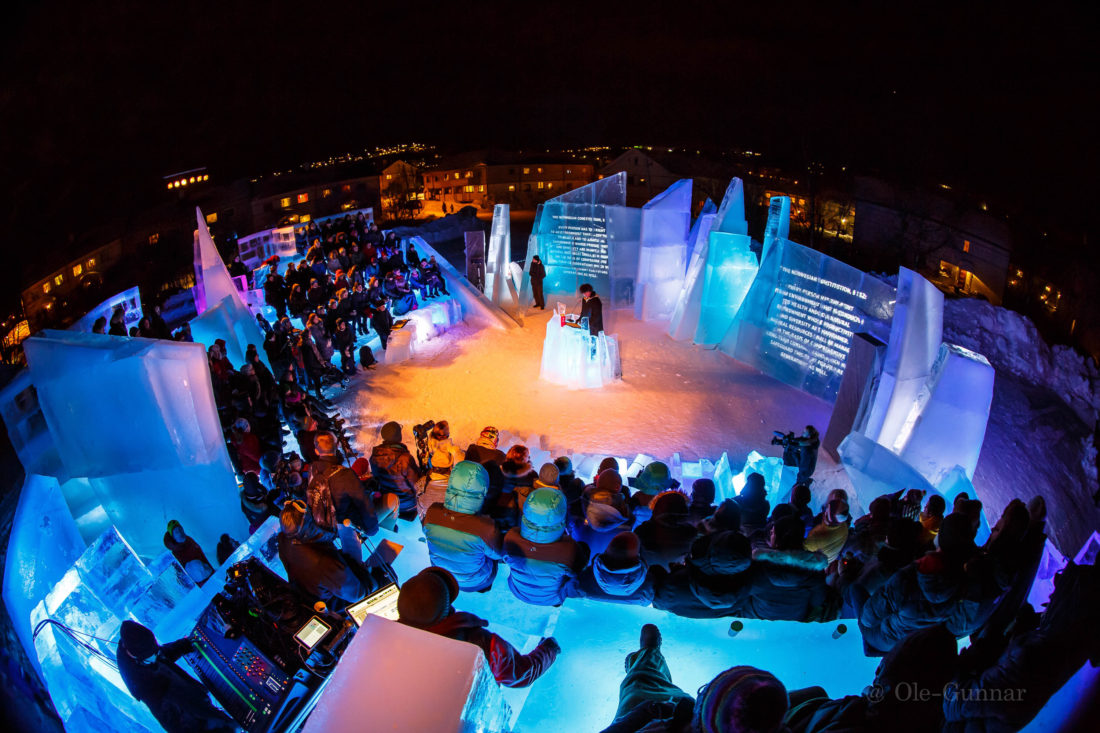Life Mapping in the Arctic
Presenter at Nordic Urban Lab: Luba Kuzovnikova (N)
Pikene på Broen is a collective of curators and producers based in the town Kirkenes, located in the north of Norway on the border to Russia and Finland. The collective was first set up as an idealistic group in 1996, and in 2001 they became a company. Since the start they have been doing what they call “border-crossing exercises” to initiate discussion and put new perspectives on the north, the Barents region.
Their focus have mainly been about the border between Norway and Russia, since the border between Norway and Finland works well. The border between Norway and Russia is more political and the relationship between these two is quickly changing between hot and cold.
In 2007 Pikene på Broen named Kirkenes: Hot Arctic Kirkenes. They did this to emphasis that the town was no longer just an cold arctic town, with endless of white snow-covered spaces. Kirkenes is today one of the towns to represent the dynamic changes that the arctic is going through. The arctic is becoming really hot due to more and more interest from all kind of stakeholders; governmental, non-governmental, national, international, regional, local, commercial and non-commercial.
Luba Kuzovnikova joined Pikene på Broen in 2006 and since then she has been the artistic director of the collective. During her presentation at Nordic Urban Lab, she talked about some of the projects Pikene på Broen has initiated, and mainly their yearly festival: Barents Spektakel.
Barents spektakel is a festival initiated by Pikene på Broen, located in Kirkenes. For each festival they change the slogan, so the slogan and the theme for every festival matches the most interesting and hottest topic, which has been relevant through the year.

Barents Spektakel 2017, from website http://www.pikene.no/
By throwing the festival every year it shines a light on Kirkenes, the north of Norway as well as the Arctic. It puts them on the map both national and international. The Barents Spektakel festival also engage the people living in the city, makes them aware of relevant topics and gets them involved in discussion as well as culture and art.
Every year, since the beginning in 2004, the Bearents Spektakel takes place five-days in February, which is partly because there is a lot of festivals in Norway especially in the summertime. Therefore, when they first initiated the festival, they wanted it to be in February, so it would bring positive energy to the north of Norway in the dark times. Also in many of their festivals they play with the attribute and possibilities you can find during winter times, for example ice, snow and light.
For Pikene på Broen to be accepted by the town of Kirkene was not a matter of course in the beginning. Kirkene is a small town with only around 4000 people living in the centre, and around 10000 in the municipality. It took a long time to be accepted by the town, but after working to build up trust and getting rooted within the local community, they are today appreciated and accepted by the town.
Mind the Map
One of the ideas of the festival is to draw attention to different hot topics every year, so they can discuss and reflect on the society, challenges etc. For example the festival had the slogan in 2011: “Mind the Map!”, which was related to the time when they started to change the border posts on the border between Norway and Russia.
Therefore they talked and discussed a lot about remapping and redrawing borders, which was also showed through the border-installation BORDERLINES, which was a project Pikene på Broen did together with Morten Traavik. In the installation they took old border posts, which represented both Norwegian posts and the Russian posts. Then they put them out in different parts of, first Kirkenes, but then also other cities in Norway. Their aim was to engage and make people aware of the borderline to Russia.

Morten Traavik opening of BORDERLINES 3: KRIEGSPIEL.
For every project Pikene på Broen initiate they want it to be local, whereas they want to implement both local artists and artists from outside the area. This is not just their goal, regarding art projects in Kirkenes, but no matter where they do it.
Some of the guidelines they strive for are:
- Get rooted into the local community
- Look from outside
- Interpret
- Follow the news – regional and global
- Communicate with people who are related with the Arctic professionally
- Engage artists – local and not locals
- Create art residencies
- Don’t import finished art works, but create site-specific projects rooted in the local context with participation of the local community
- Make events/festivals, that will place the town into a regional and international map
- Work interdisciplinary
Documented by: Sandra Davidsson, Malmö University, 2018.03.24



